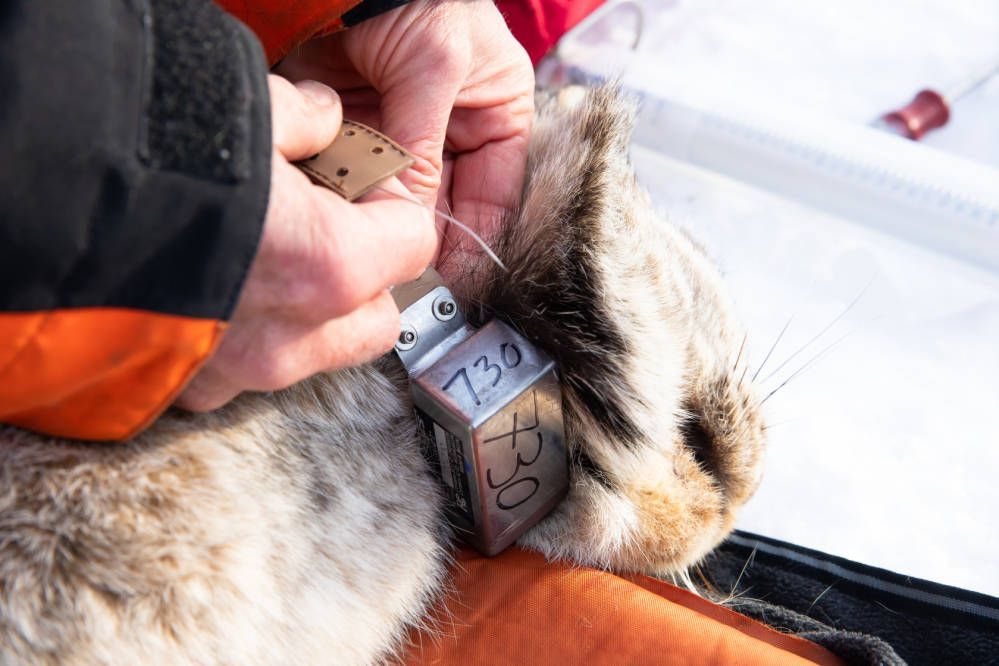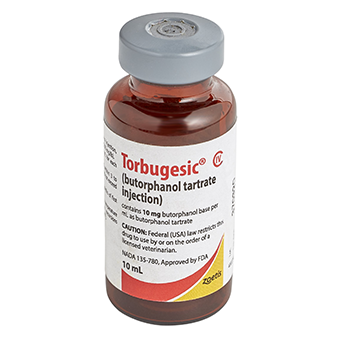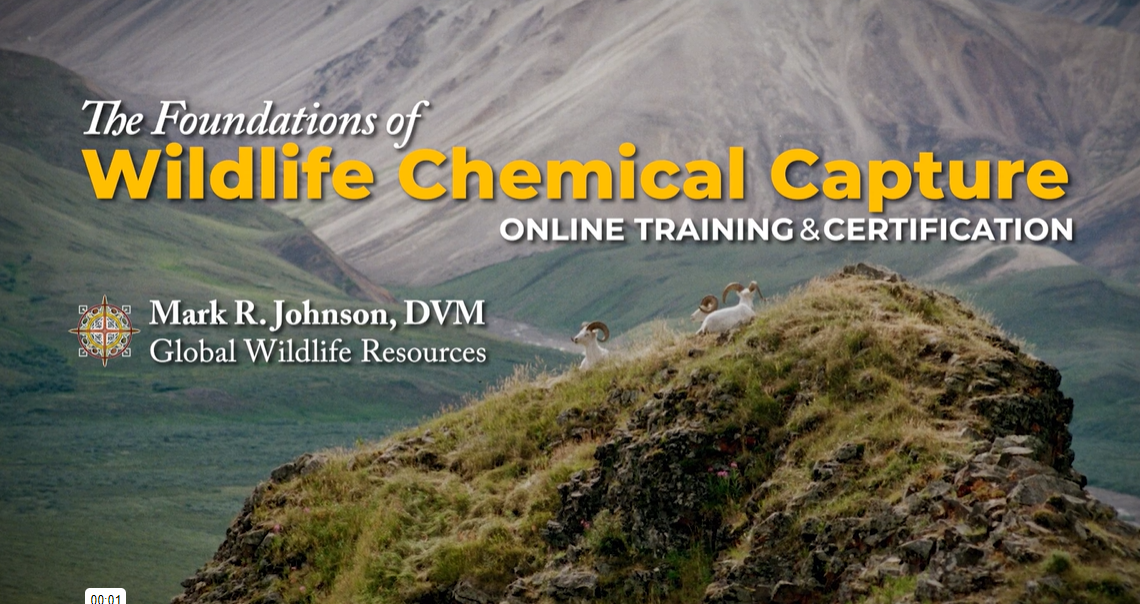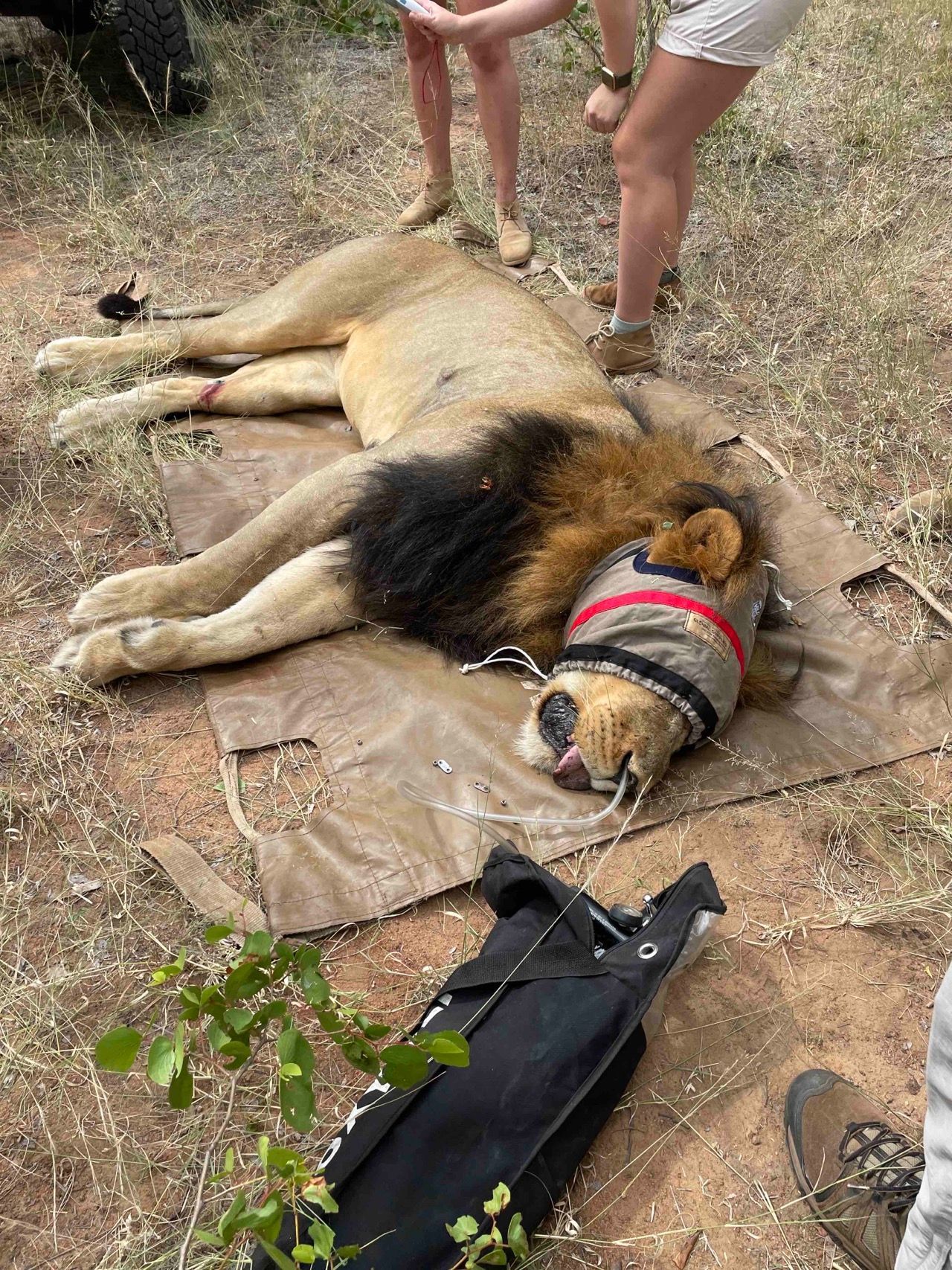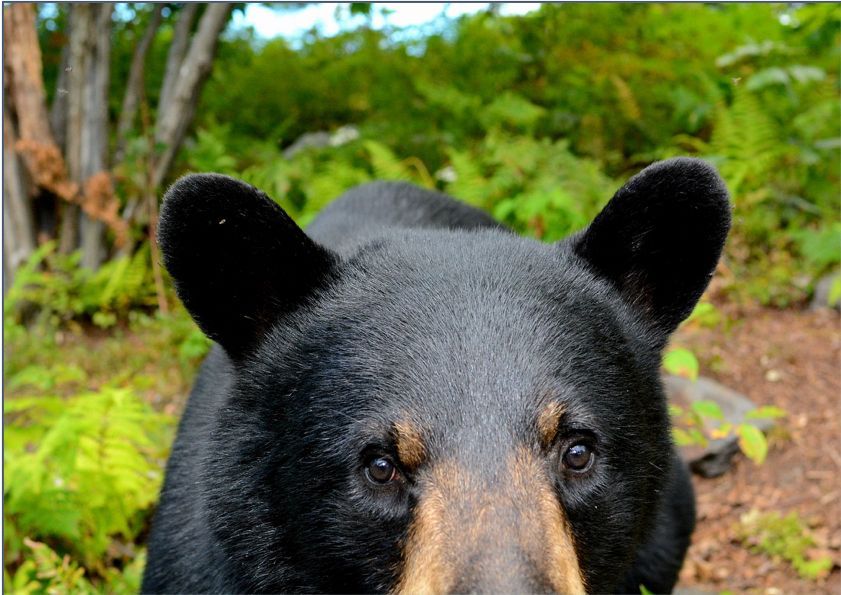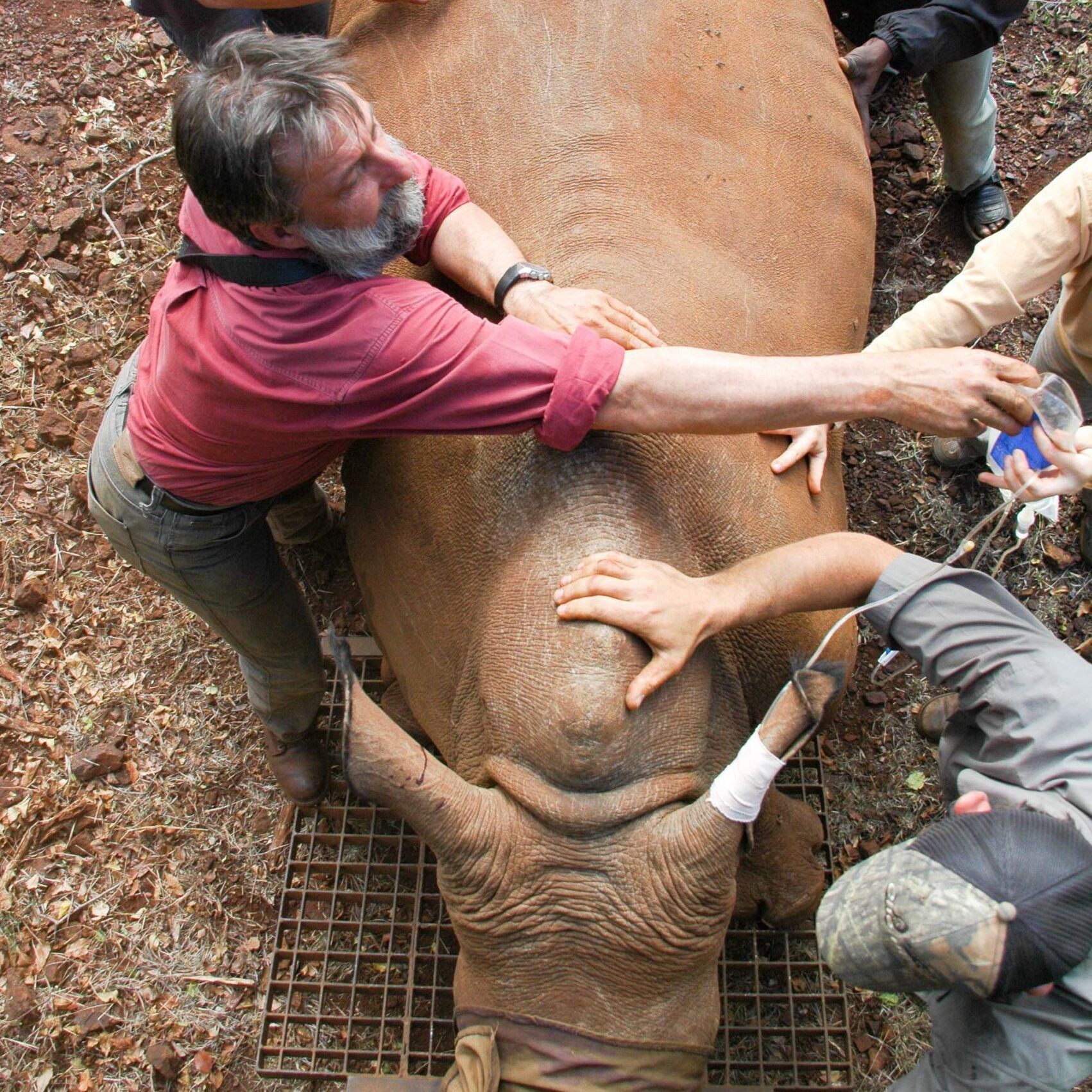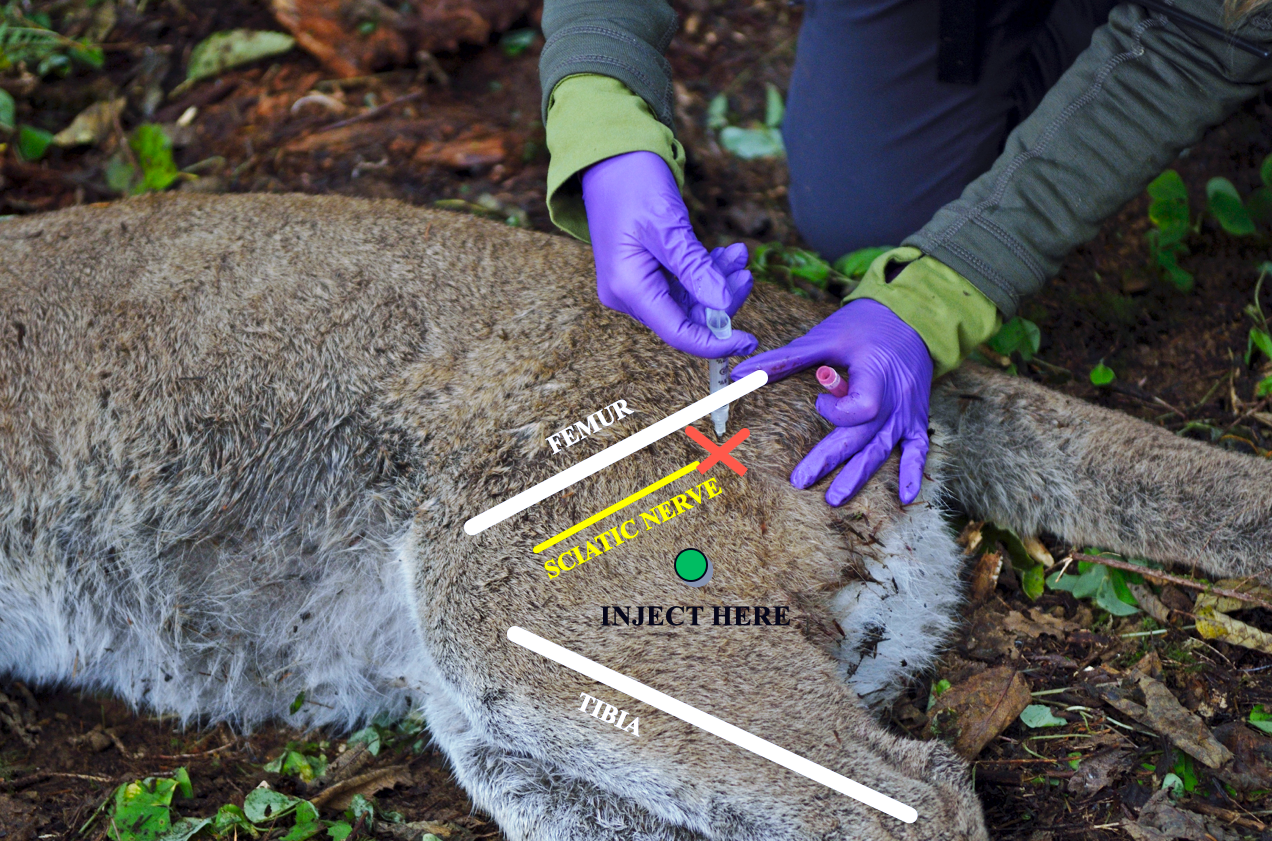- Do they have to draw each drug up or will it be pre-mixed?
- Do they have to calculate drug doses or can they follow an easy chart?
- Are the volumes easy to work with and will the volumes be suitable for the drug delivery system they choose to use?
- How long do the drug combinations cause the animal to be down for and how long do the biologists have to remain in the field?
How does each drug combination affect the animal?
- Does it produce a strong anesthesia (unresponsiveness) so it is safe for the biologists?
- Does it produce safe anesthesia for the animal where temperature, pulse, and respiration values are within healthy ranges in this extreme weather?
- Does it produce a short or long downtime?
- Is the drug combination reversible so the biologist can wake the animal up as soon as processing is done or when there is a serious concern for how the animal is doing?
- Is the recovery relatively smooth and easy for the animal?
So here’s what I came up with:
BAM and Ketamine
The drug combination BAM (Butorphanol, Azaperone, and Medetomidine) sold by Zoo Pharm is an exceptionally versatile drug for many different species. With small volumes, it produces a relatively quick induction (this is the time from drugging the animal to when they can be handled), a steady relaxed anesthesia, and BAM can be reversed at any time to produce a smooth and rapid wake-up and full recovery. But not for lynx, bobcats, or their felids.
With lynx and bobcats (and other felids), BAM does not always produce reliable anesthesia. Cats can suddenly wake up and biologists have been scratched and bitten.
One approach to producing a more reliable knockdown and safe anesthesia is to add a little ketamine. If there is too much ketamine, the animal wakes up with a horrible recovery that is tense and disorienting. But a small amount, i.e. a quarter dose, can improve BAM drug effects. One mountain lion project has had great success with BAM/Ket combination. See our previous blog article about a new drug combination for cougars by guest author, Bart George.
(There are great videos of tense ketamine effects in fisher and the smooth, quick recovery of BAM in a mountain lion in my Foundations chemical capture course.)
I have decided to recommend a low BAM dose for lynx, O.2 ml with 1/4th the ketamine dosage for lynx in a ketamine/xylazine drug combination. Please note that I am not providing the final doses or dosages because it has not yet been tested. This blog article is about the process of developing a drug combination for wildlife.
I am going to recommend two different drug combinations and determine which combination is safer for the lynx and most practical for the biologist. Here is the second drug combination.
Ketamine/Medetomidine with Butorphanol
A commonly used drug combination for lynx and bobcats is ketamine (an anesthetic) and medetomidine (a strong sedative). The drug combination is sold as a kit from Zoo Pharm. The shortcoming of this drug combination is that it often produces undesirable ketamine effects during recovery so the animal is tense, agitated, hypersensitive to stimulus, disoriented, and often struggling to stand or sit up.
Another shortcoming to this drug combination is that felids can occasionally wake up leading to human safety risks.


